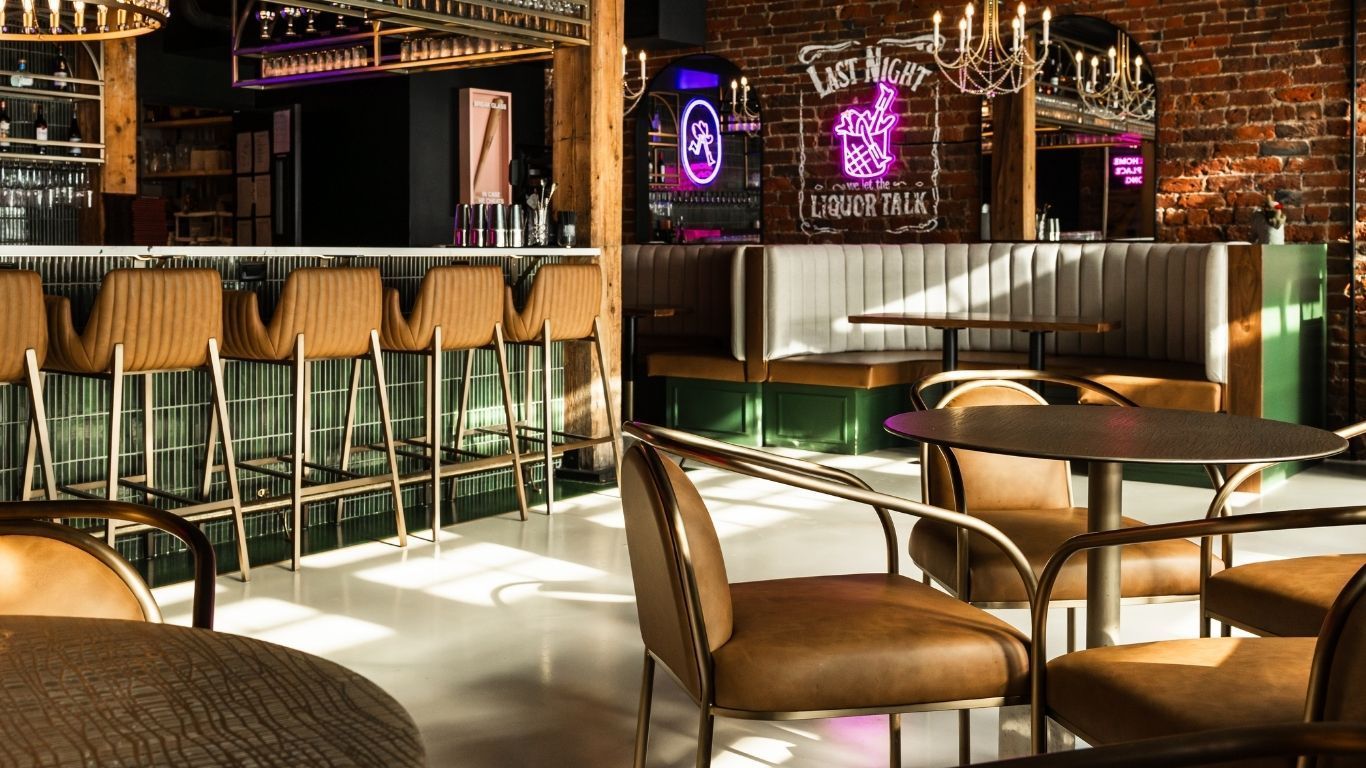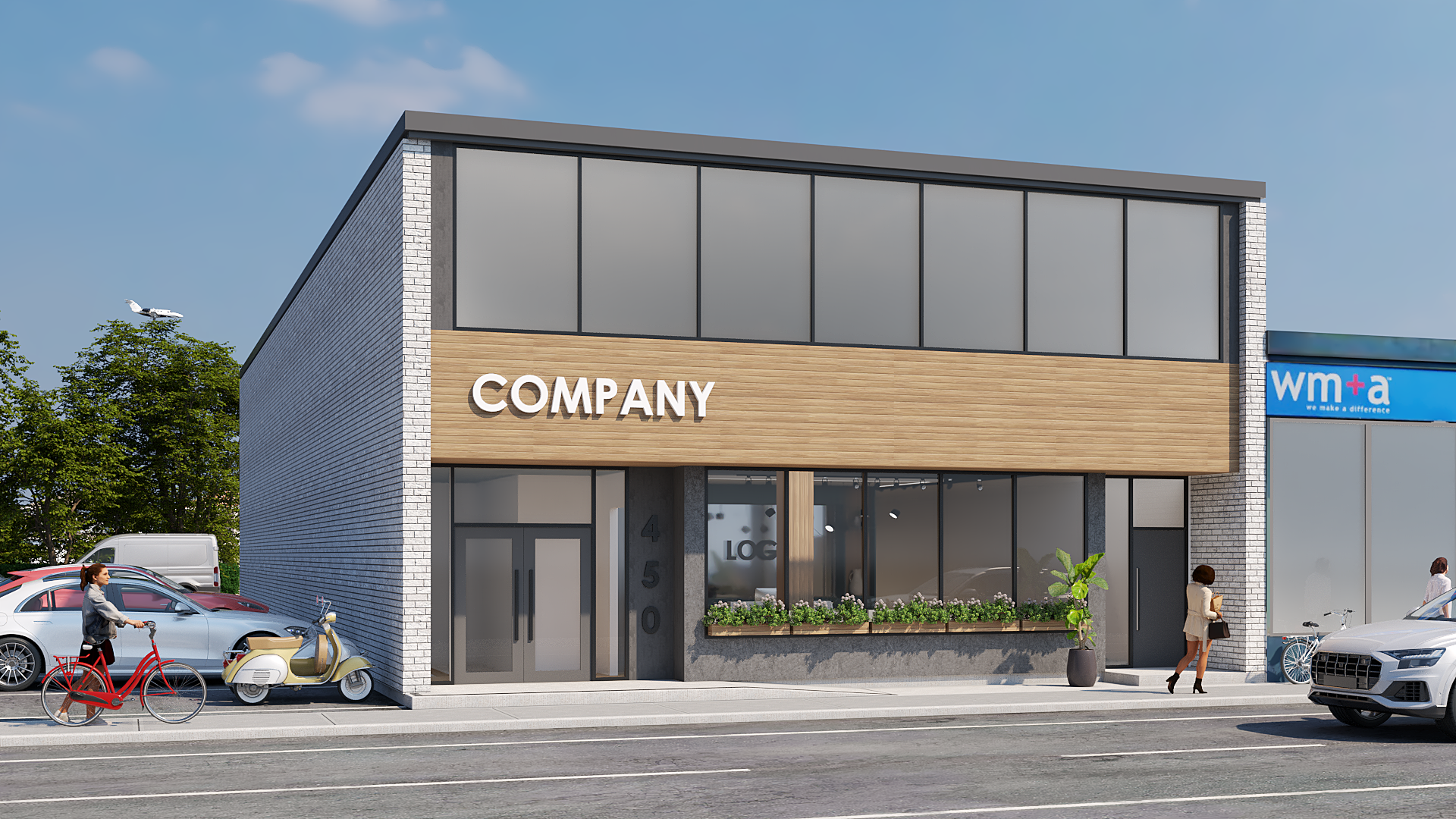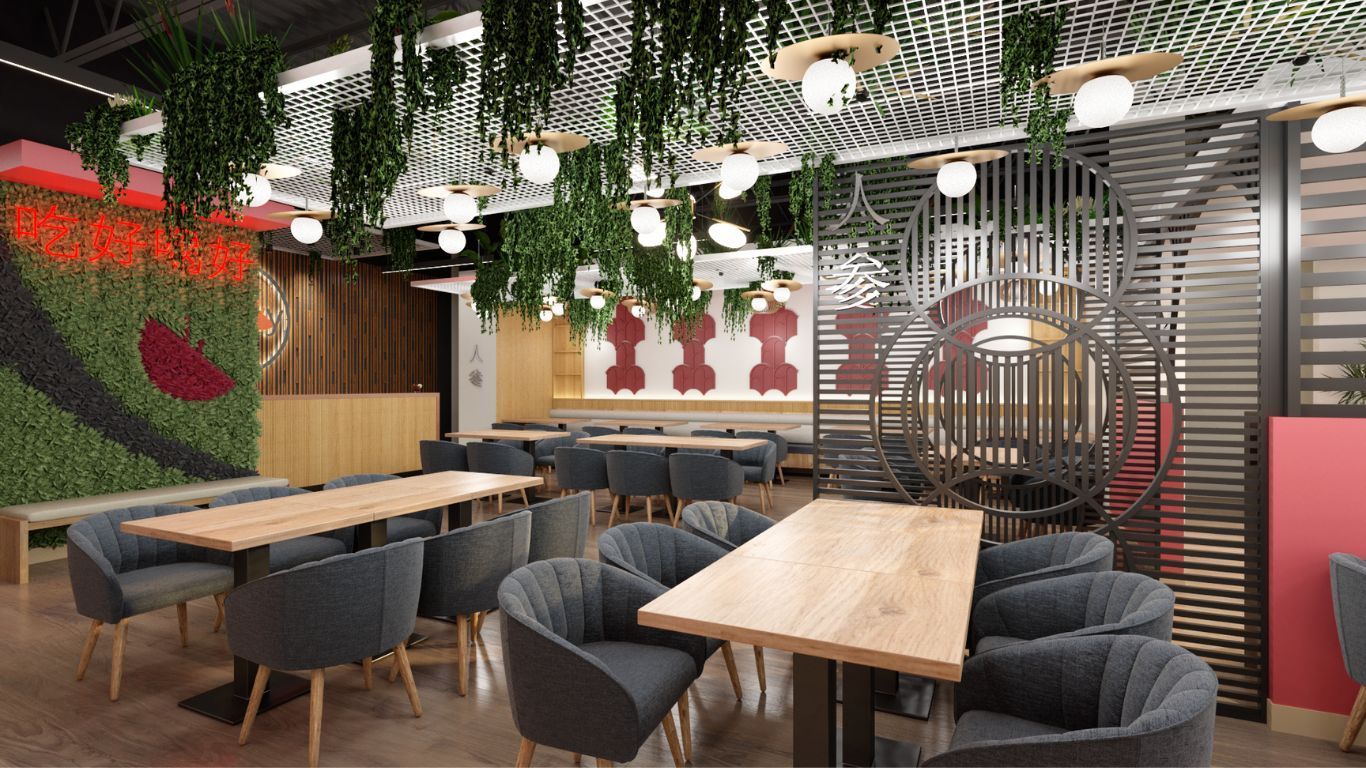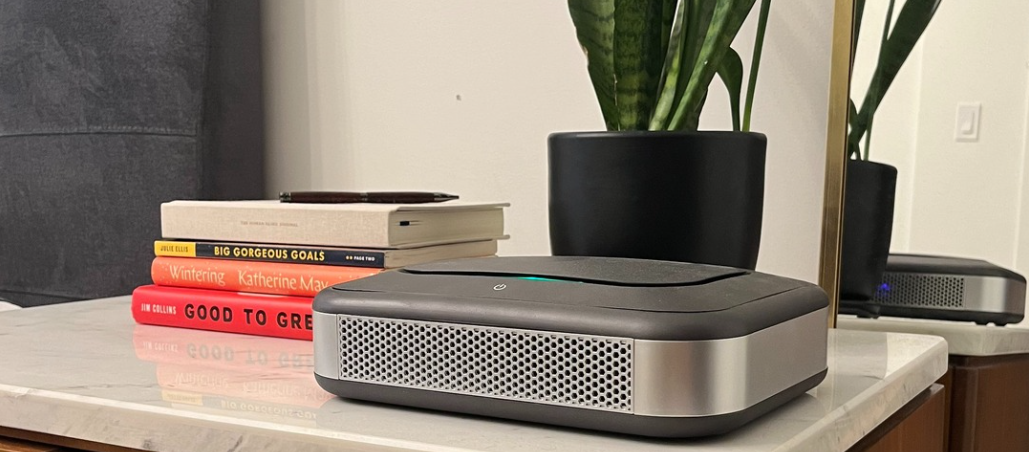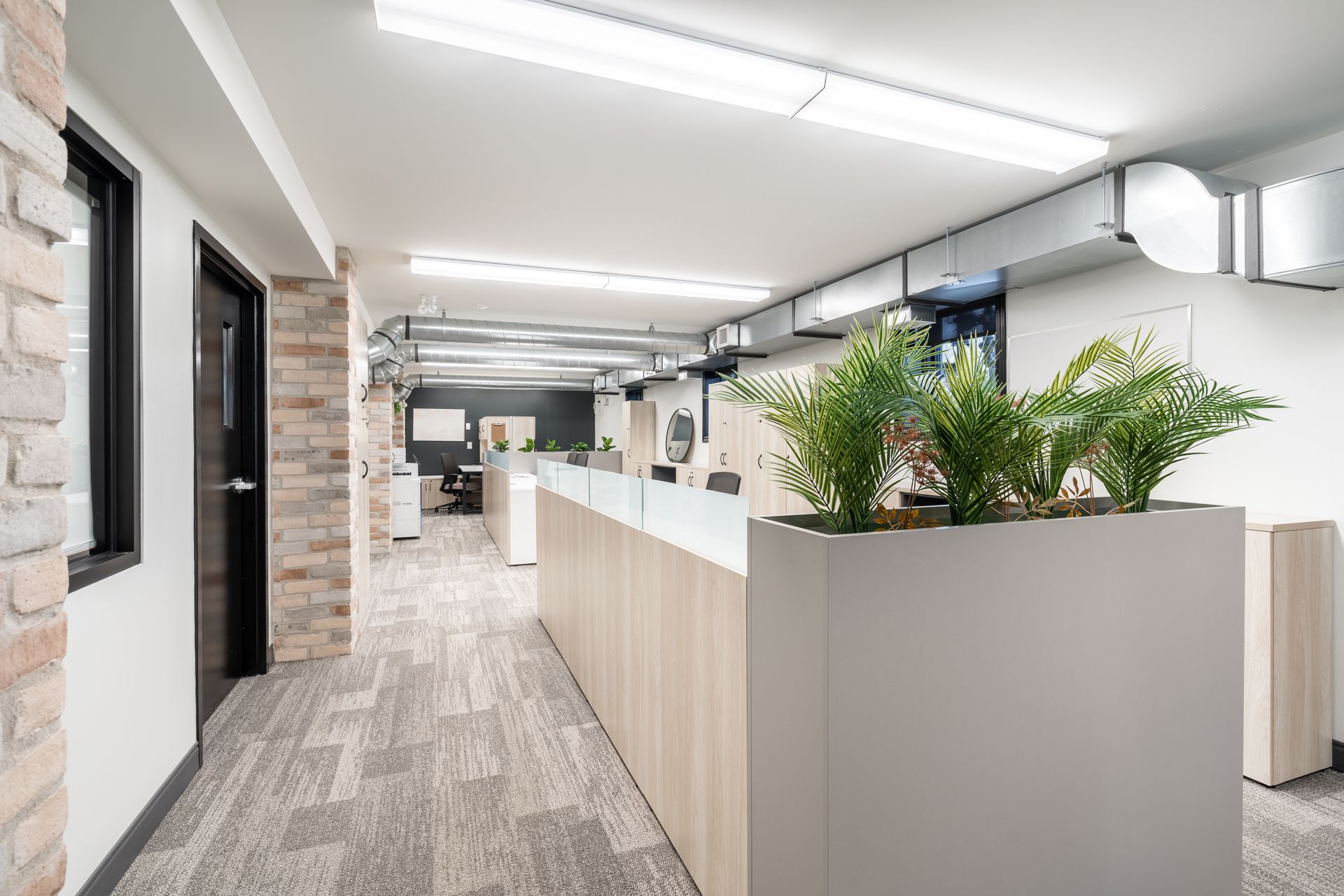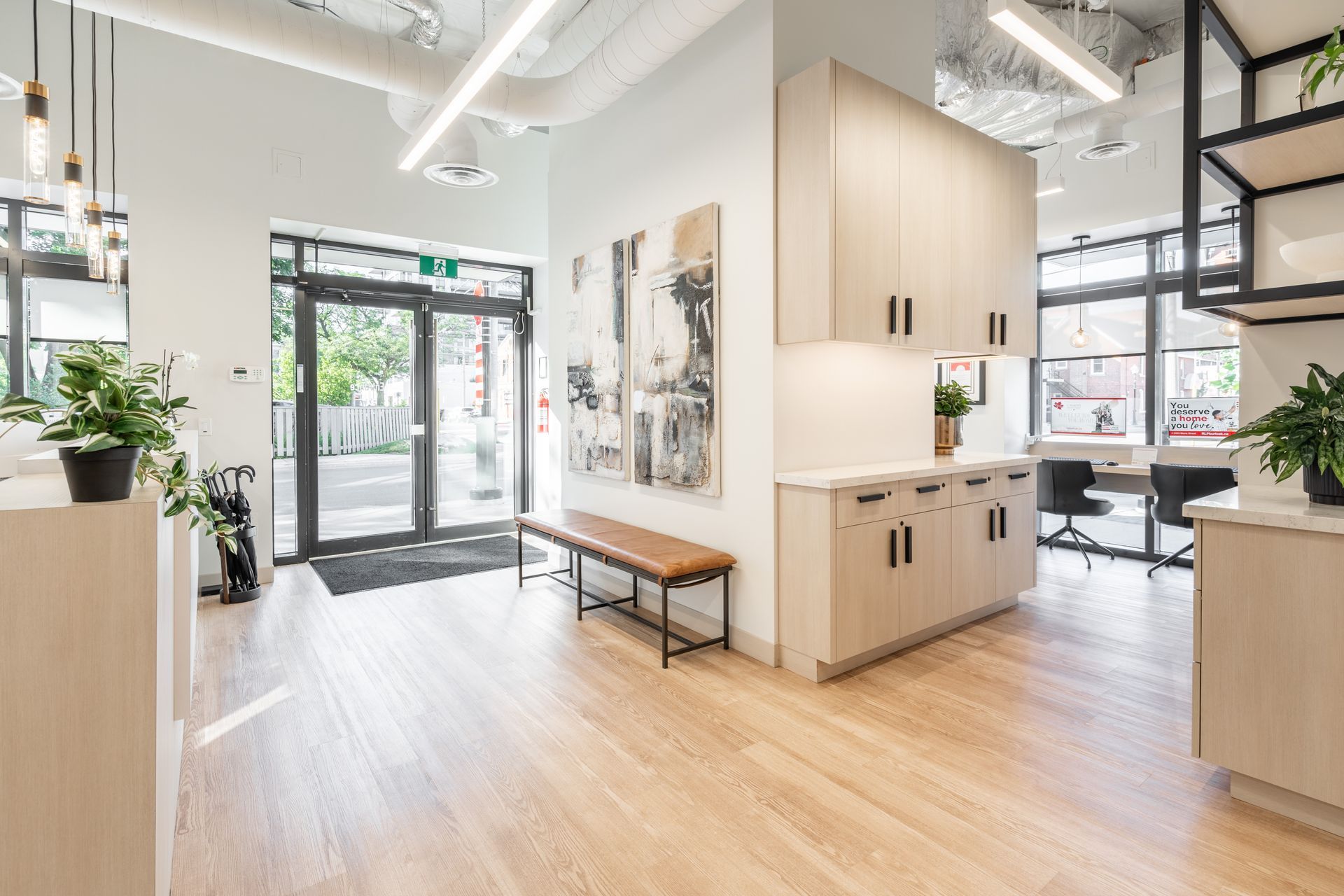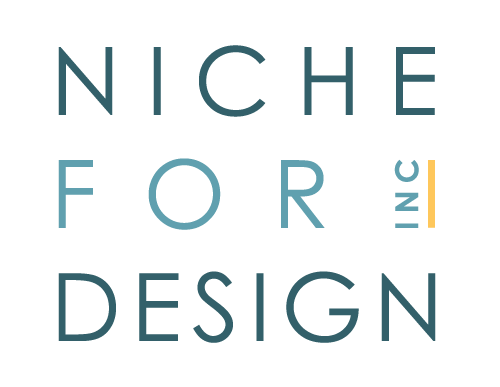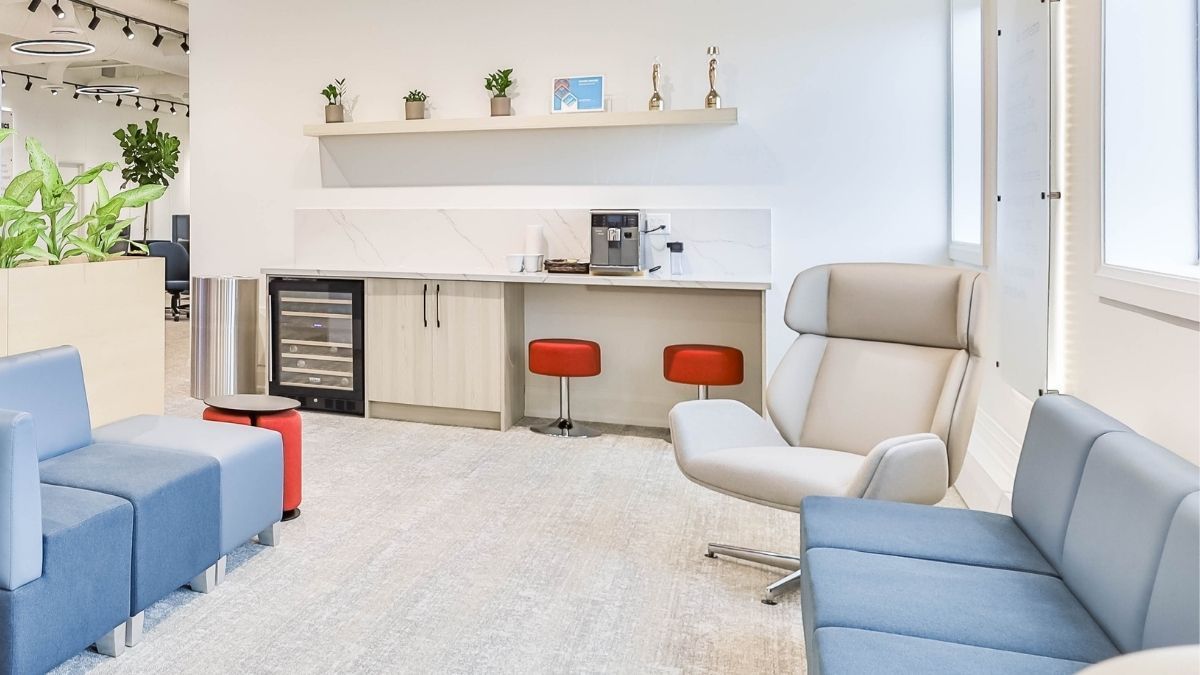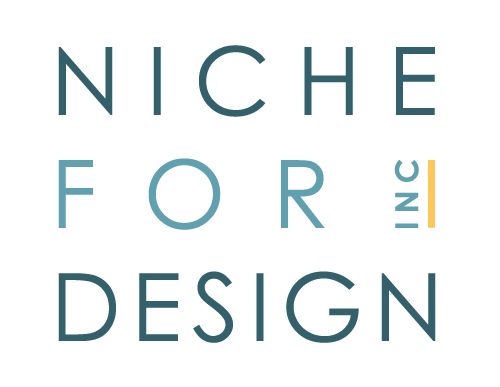How Are Your Employees Spending Their Energy Currency and What Does that Mean for Your ROI?
Author: Tonya Born, Director of Client Solutions
It is said that time is money so we need to value our time and not waste it. However, society has
turned that into meaning don't waste your time, rest or take breaks because that isn’t making anyone
money. The idea is that if we squeeze as much as possible into each day we will be the ultimate in
productive. This leads us into the myth of multitasking, it isn’t enough to be efficient at one task we
need to do three at the same time. Because in our fast-paced world more equals better, which equals
more money, which means less problems right? Wait, that’s not how the song goes.

The reality is that we are in an age that wants humans to function like robots while also
functioning like humans. We still want them to have the human factor to generate a connection with
people and end users but also work like a programmable system. Humans are not wired to work 24/7
without taking breaks and to error is to be human so we are never going to be perfect. We also need to
be present and give our full attention to something to produce quality work. Machines and robots also
must be maintained on a regular basis to avoid break downs. So, we are expected to work even harder
than machines while still maintaining a personal connection to others while doing it.
We wouldn’t expect a high performing car to run at optimal levels all the time without changing
the oil, barely filling it with gas and never parking it. So why do we put this pressure on our most
valuable assets? We need to allow employees access to the things that nourish and maintain their
optimum levels. By investing in them in this way we will receive a huge ROI for the company as a whole.
Here are 3 ways that will help your employee spend their daily energy currency effectively. Choice,
Reset and Aligning Values.
Many people often say I can’t wait to win the lottery, or I need a vacation, my day off is the
break that I need. The reason people dream of these days is because it involves choosing what they
want to do with their time. It is a time where they aren’t told how the day will plan out and can decide
what they want. There is freedom in choice and that makes us feel empowered and in control. By
allowing choice in how employees spend their day will give them that feeling of control. That could be a
hybrid of working from home versus in office. It could be having dedicated areas for focus spaces where
they won’t be interrupted. It could be a variety of work and meeting areas that have a change in scenery
or allow for more natural light. Employees could be encouraged to take calls or meeting s while walking
around or outside the office to keep the blood flowing and their minds activated.
Movement keeps people from feeling sluggish and sedentary. Promoting taking breaks to
stretch and move throughout the day will give people a blast of energy. Maybe an outdoor space can be
utilized to enjoy walks or just to sit in nature. Have a space to eat lunch that invites staff to step away
from work and refuel. Discourage staff to work through lunch to “get more done”. Pushing through
fatigue and not taking that break will result in mistakes. Have interactive staff games in public spaces
like a giant word search or colouring page on the wall. Add a chess board or puzzle that employees can
take turns adding to throughout the week. These activities use different parts of the brain and gives the
work side a chance to switch off.
Ensure that staff know what the company core values are and align that with how you operate.
If teamwork is a core value encourage brainstorming sessions and team spaces with the tools available
for them to succeed. Encourage continuous learning, mentorship programs and connection within
departments. Walk the talk when it comes to your values and practice what you preach. Employees are
their best when their values align with the company.
Implementing choice, resetting opportunities and aligning values will bring a very high return on
investment to your most important assets, your people. This change in focus doesn’t require a lot of
effort it just requires you to look at your space and daily operations in a different light. How can you
better utilize what you have now to create a better environment for everyone in the workplace. If you
are still feeling like you have no idea where to start, this is where an interior designer who specializes in
workplace wellness can be of great assistance. Small changes can make a big impact for all.
Like this resource? Feel free to share...
